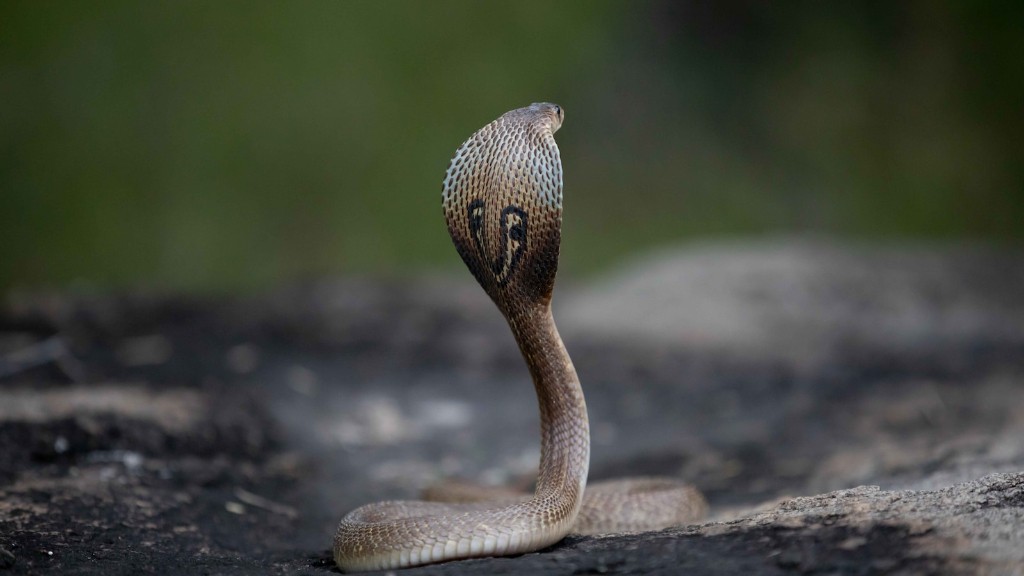Python Snakes Located in the USA
The presence of python snakes (Genus Python) in the United States has attracted significant attention due to their impact on local ecosystems and concerns for public safety. Pythons, native to Asia and Africa, have established populations in several states, primarily in the southeastern region, where the climate and habitat suit their survival and reproduction.
Introduction to Python Snakes
Python snakes are large, non-venomous constrictors known for their impressive size and strength. These reptiles can grow to astonishing lengths, with the reticulated python considered the longest snake in the world, reaching up to 30 feet.
In their native range, pythons play vital roles in controlling populations of prey species, maintaining ecological balance, and contributing to the overall biodiversity. However, when introduced to new environments, such as the unprepared ecosystems in the United States, they can have severe ecological consequences.
Established Python Populations in the USA
Currently, python populations have been reported in several states, including Florida, Louisiana, Texas, Georgia, and Alabama. The Burmese python (Python bivittatus) and the African rock python (Python sebae) are the two most common species found in the US.
Florida, in particular, has experienced significant python-related issues. The Everglades, with its dense vegetation and numerous small mammals, provides an ideal habitat for these snakes. As a result, the python population in the Everglades National Park and surrounding areas has thrived, leading to concerns about its impact on native species.
Ecological Impact
The introduction of python snakes into new ecosystems can cause a range of ecological disruptions. These constrictors have been observed preying on a variety of native wildlife, including mammals, birds, reptiles, and amphibians, altering predator-prey relationships and potentially destabilizing entire food chains.
Furthermore, pythons reproduce rapidly and have few natural predators in their non-native habitats, allowing their populations to grow and spread unchecked. This unchecked growth can lead to decreased prey populations and further imbalances within the ecosystem, creating cascading effects throughout the food web.
Challenges in Eradicating Python Populations
Eradicating established python populations in the US poses significant challenges. These snakes are highly adaptable and elusive, making detection and removal efforts complex and costly. Additionally, their cryptic behavior and ability to camouflage in their surroundings make them difficult to locate even for skilled herpetologists.
Despite the efforts of wildlife agencies and private organizations to control and manage python populations, complete eradication remains an elusive goal. The elusive nature of these snakes, coupled with the expansive and challenging habitats they occupy, continues to hinder eradication efforts.
Implications for Public Safety
Python snakes, particularly the larger species, can pose a risk to public safety in areas where they come into contact with humans. While pythons are non-venomous, their size and strength make them potentially dangerous if mishandled or provoked.
Instances of human encounters with pythons have been reported, including incidents where pets or even small children have been attacked. These encounters highlight the need for caution and public awareness when living or visiting areas where python populations exist.
Conclusion
The presence of python snakes in the United States poses significant environmental and public safety concerns. The resilience and adaptability of these non-native species highlight the challenges in controlling their populations and mitigating their ecological impact.
To address these concerns, continued research, active monitoring, and public education are necessary. By understanding the behavior and ecology of python snakes, we can develop improved strategies for managing their populations and promoting coexistence with native wildlife.



